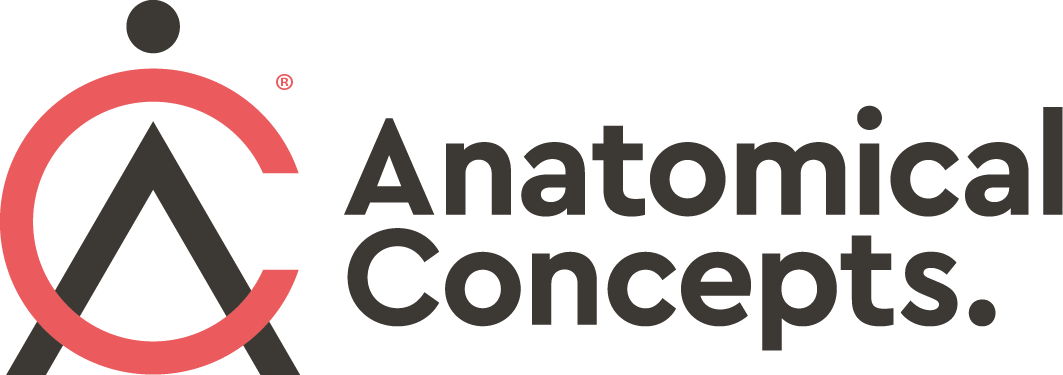Articles
Filter by Topic
- Adaptive Sport 1
- Artificial Intelligence 1
- Bike Labyrinth 3
- Bone density 1
- Bridging the Gap 1
- Bridging the Gap 1
- Carbonhand 4
- Cardiovascular 1
- Client Stories 4
- Cognition 1
- Company Updates 3
- Decision Making 1
- Dementia 1
- Denervation 20
- Diabetic Foot 12
- Efficiency 1
- Electrotherapy 26
- Exercise Benefits 28
- FES Cycling 8
- Functional Electrical Stimulation (FES) 48
- Gait 2
- Goal Setting 5
- Grip 3
- Healthspan 2
- Indego 13
- Lifestyle 8
- Lower Motor Neuron 1
- Mobility 16
- Motivation 2
- Nerve injury 1
- NexStride 1
- Occupational Therapy 1
- Orthotic 15
- PRAFO 22
- Pain 5
- Parkinsons 2
- Pressure Ulcers 10
- Product Updates 7
- RISE Stimulator 8
- Safety 1
- Sponsor 1
- Standing 3
- Stimulette den2x 5
- Support 1
- TENS 1
- Technology 17
- Tek RMD 20
- Tips and Gadgets 4
- Training 5
- Transverse Myelitis 1
Article Length
- 1 minute read 3
- 10 minute read 7
- 11 minute read 4
- 12 minute read 6
- 15 minute read 6
- 18 minute read 1
- 19 minute read 1
- 2 minute read 4
- 26 minute read 1
- 27 minute read 1
- 28 minute read 1
- 3 minutes read 9
- 4 minute read 33
- 5 Minute read 11
- 6 minute read 5
- 7 minute read 13
- 8 minute read 4
- 9 minute read 3
- FES 2
- FoG 1
- PRAFO 1
- Seven Minute Read 1
- awareness 1
- carbonhand 2
- cognitive 1
- cues 1
- freezing gait 1
- freezing of gait 1
- gait 1
- neurological 1
- neuroplasticity 1
- nexstride 2
- occupational therapy 1
- occupational therapy day 1
- orthopaedics 1
- orthotic 1
- parkinson's 1
- pressure 1
- pressure relief 1
- prevention 1
- rehabilitation 2
- stroke 1
- ulcers 1
- world stroke day 1
FES Cycling: How it elevates rehabilitation and fitness with 5 extraordinary benefits
Discover the revolutionary FES Cycling systems by Anatomical Concepts. Improve mobility and overall health post neurological condition with electrical muscle stimulation. Explore the top five benefits of FES bikes in this informative post.
Do you want the best FES Bike?
Discover how choosing an FES bike can transform your fitness and independence. Overcome barriers and embrace the possibilities that technology and determination offer. Find a bike that supports your goals and encourages regular use for the best outcomes in your fitness journey. Harness the power of FES bikes to unlock your potential.
Making FES Cycling system adjustments
The RehaMove FES Cycling system (sometimes known as an FES bike) is widely used by clients to allow them to exercise paralysed muscles actively. There are many benefits of doing this following a neurological condition such as a spinal cord injury.
This video may be of general interest, but will be particularly useful to existing users of our FES Cycling system who wish to get more from using the product. The video is around 15 minutes long and it addresses three commonly asked questions
Why should I use an FES bike?
When and why should I change the stimulation settings?
How should I make these changes?
The video distinguishes between training for a goal and general exercise and looks at a useful structure to think about how to train, The effect of changing each of the stimulation parameters is considered. You might want to term on subtitles when viewing the video.
Is Electrical Stimulation Safe?
Electrical Stimulation Therapy has established itself as a substantial tool in physical therapy. Applications such as Transcutaneous Electrical Nerve Stimulation (TENS) units and Electrical Muscle Stimulation (EMS) devices have demonstrated substantial effectiveness in improving overall function.
However, the application of electrical stimulation requires stringent safety measures. Assessing patient history, establishing clear treatment objectives, verifying equipment certification, and checking for any contraindications are essential steps to ensure safe and effective treatment. The presence of conditions such as pregnancy, wounds or scars in the electrode area, metal or active implants, and skin diseases may require careful evaluation before proceeding.
Proper patient education on equipment use, along with professional supervision, helps to maximise the benefits while minimising potential risks. Overall, when applied correctly and tailored to individual needs, electrical stimulation can significantly contribute to enhancing rehabilitation outcomes.
Why is electrical stimulation used in rehabilitation?
Are you dealing with a neurological condition that requires rehabilitation? You may have heard about electrical stimulation, sometimes known as FES (Functional Electrical Stimulation) or electrotherapy, before. If so, you might be wondering why it is often used in rehabilitation and whether it is right for your specific situation.
In this article, we are going to explore the concept of electrical stimulation and what its use in physical therapy offers in particular for individuals recovering from neurological conditions. Read on to learn more about how electrical stimulation works and how it can help speed up recovery and improve function after an injury or neurological condition.
Can Electrical Stimulation Treat Chronic Wounds?
The short answer to the question is yes it can. Although there is a lot of research literature on the topic, it is reasonable to suggest that the application of electrical stimulation to help resolve chronic wounds is not that well understood or widely practised yet.
There are a variety of different approaches and there is perhaps no optimal approach that has yet been identified. As a consequence, the evidence supporting electrical stimulation for wound healing is always muted due to the variety of protocols that have been used.
Perhaps the approach with the longest use is High Voltage Pulsed Current (HVPC) which dates back to the 1940s. In this article, we will take a look at the nature of wounds, the rationale behind electrical stimulation for wound healing and look at some of the approaches that have been taken.





